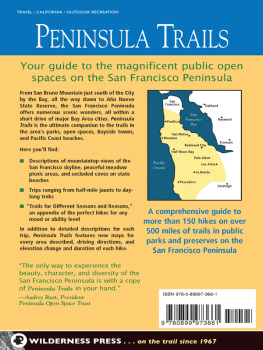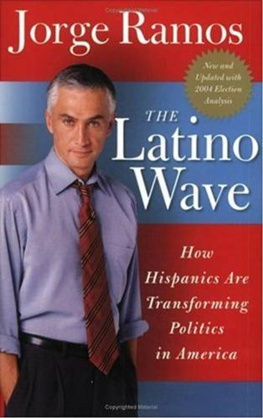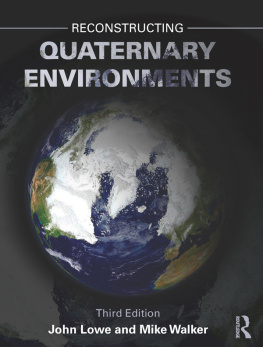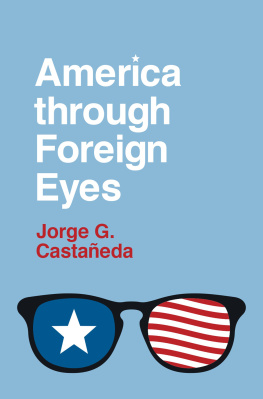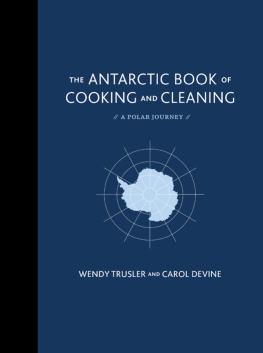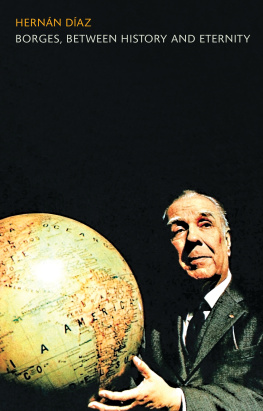Jorge Rabassa - Quaternary of South America and Antarctic Peninsula 1983
Here you can read online Jorge Rabassa - Quaternary of South America and Antarctic Peninsula 1983 full text of the book (entire story) in english for free. Download pdf and epub, get meaning, cover and reviews about this ebook. year: 1983, publisher: Taylor & Francis, genre: Romance novel. Description of the work, (preface) as well as reviews are available. Best literature library LitArk.com created for fans of good reading and offers a wide selection of genres:
Romance novel
Science fiction
Adventure
Detective
Science
History
Home and family
Prose
Art
Politics
Computer
Non-fiction
Religion
Business
Children
Humor
Choose a favorite category and find really read worthwhile books. Enjoy immersion in the world of imagination, feel the emotions of the characters or learn something new for yourself, make an fascinating discovery.

- Book:Quaternary of South America and Antarctic Peninsula 1983
- Author:
- Publisher:Taylor & Francis
- Genre:
- Year:1983
- Rating:5 / 5
- Favourites:Add to favourites
- Your mark:
- 100
- 1
- 2
- 3
- 4
- 5
Quaternary of South America and Antarctic Peninsula 1983: summary, description and annotation
We offer to read an annotation, description, summary or preface (depends on what the author of the book "Quaternary of South America and Antarctic Peninsula 1983" wrote himself). If you haven't found the necessary information about the book — write in the comments, we will try to find it.
Quaternary of South America and Antarctic Peninsula 1983 — read online for free the complete book (whole text) full work
Below is the text of the book, divided by pages. System saving the place of the last page read, allows you to conveniently read the book "Quaternary of South America and Antarctic Peninsula 1983" online for free, without having to search again every time where you left off. Put a bookmark, and you can go to the page where you finished reading at any time.
Font size:
Interval:
Bookmark:

Carl C:zon Caldenius and the Swedish work on Quaternary geology in Argentina
Quaternary palynology of Chile
Geology and palaeontology of Pleistocene sediments at Punta Hermengo area (Miramar, Province of Buenos Aires, Argentina): Some palaeoclimatic aspects
Evidences of sea oscillations of the Late Quaternary in Ro Grande do Sul, Brazil, provided by palynological studies
Fluctuations of some glaciers in the Upper Atuel River basin, Mendoza, Argentina
Pollen analysis of Gruta del Indio
(Buenos Aires Province, Argentina)
Museo de La Plata Radiocarbon Measurements I
The utility of a glacier inventory to developing countries such as Bolivia
Radiocarbon chronology of a tephra layer in Ro Traful Valley, Province of Neuqun, Argentina
Las Buitreras Cave and the palaeoenvironments of the Ro Gallegos valley, Province of Santa Cruz, Argentina
Font size:
Interval:
Bookmark:
Similar books «Quaternary of South America and Antarctic Peninsula 1983»
Look at similar books to Quaternary of South America and Antarctic Peninsula 1983. We have selected literature similar in name and meaning in the hope of providing readers with more options to find new, interesting, not yet read works.
Discussion, reviews of the book Quaternary of South America and Antarctic Peninsula 1983 and just readers' own opinions. Leave your comments, write what you think about the work, its meaning or the main characters. Specify what exactly you liked and what you didn't like, and why you think so.

